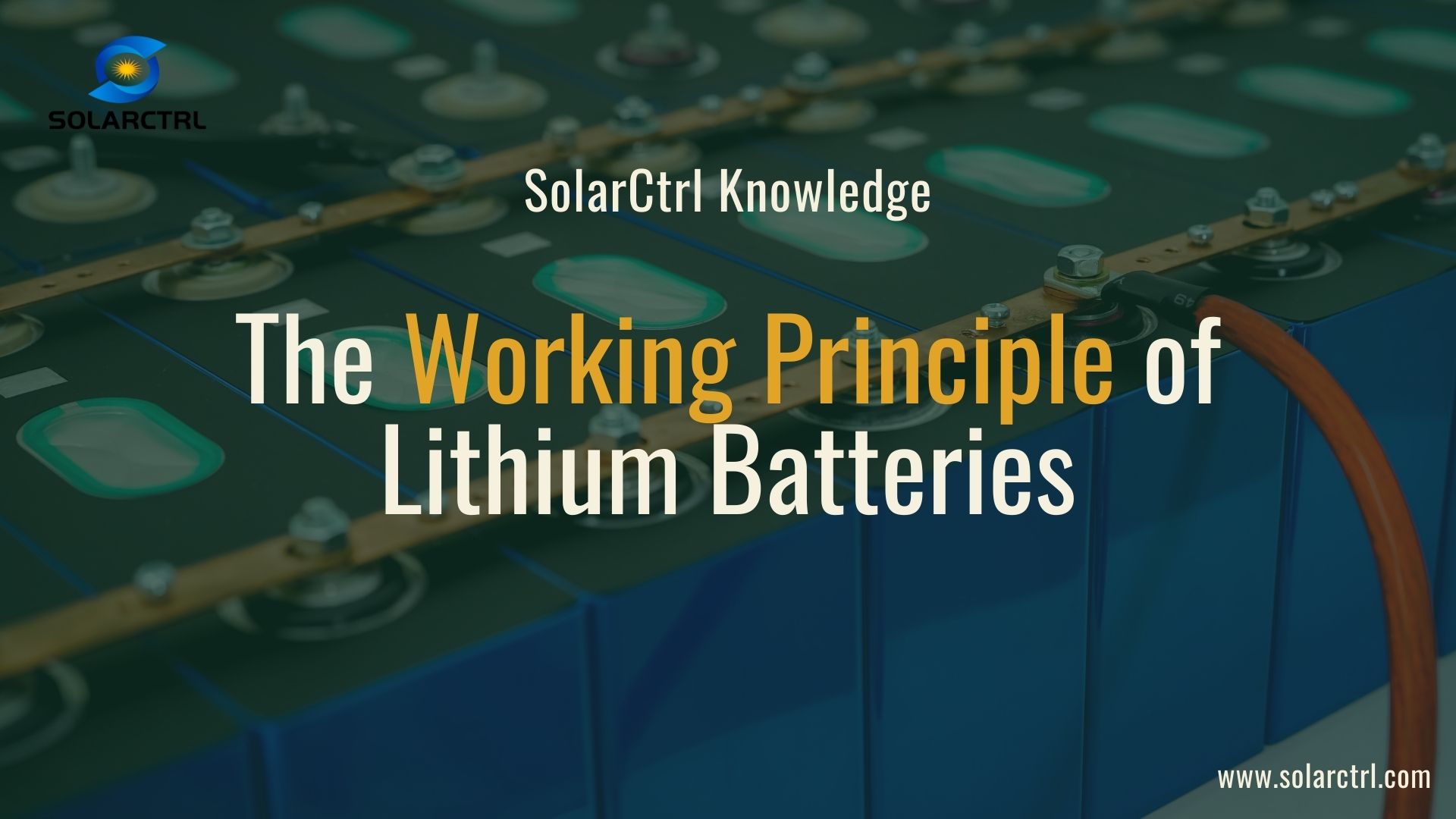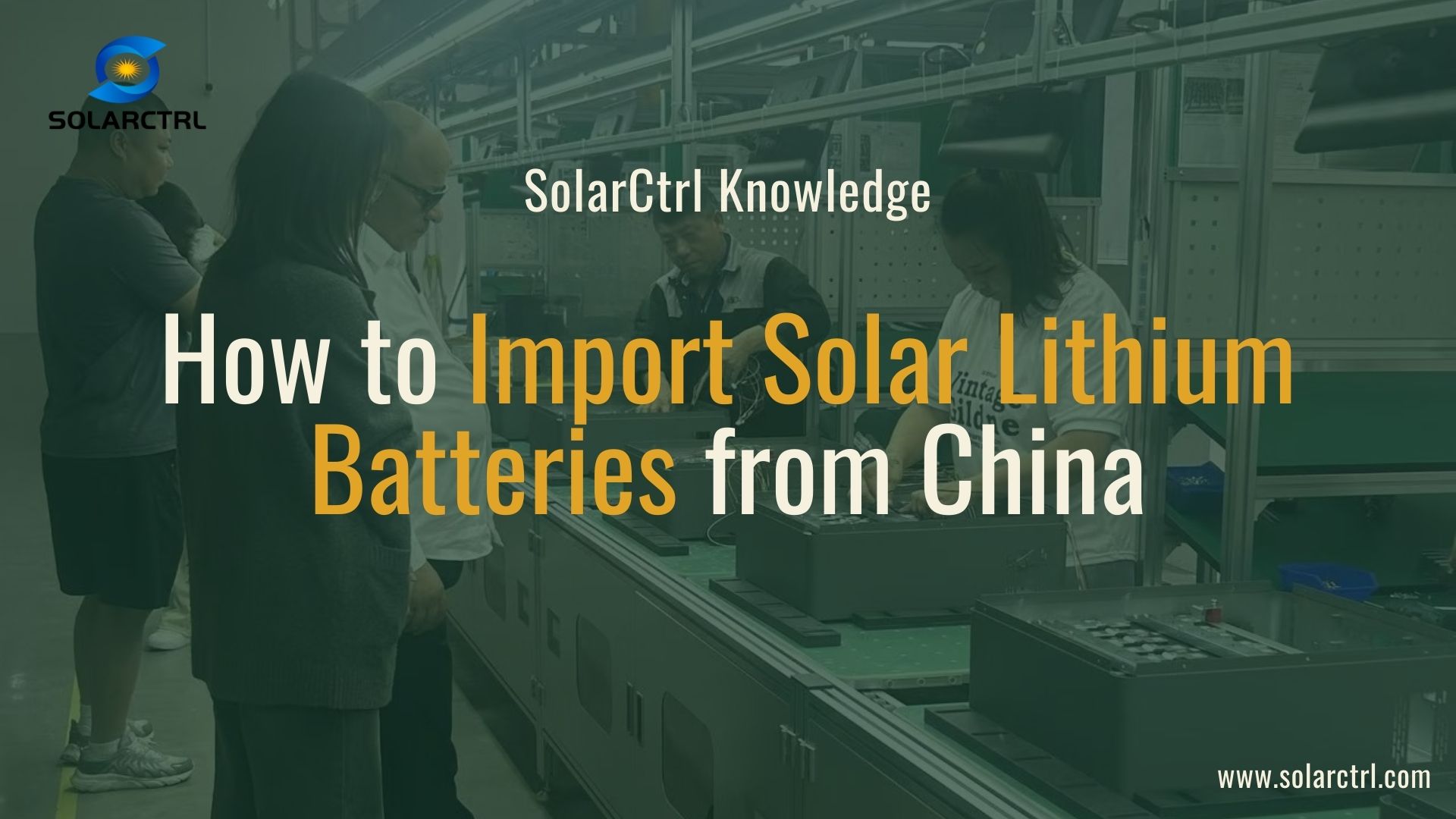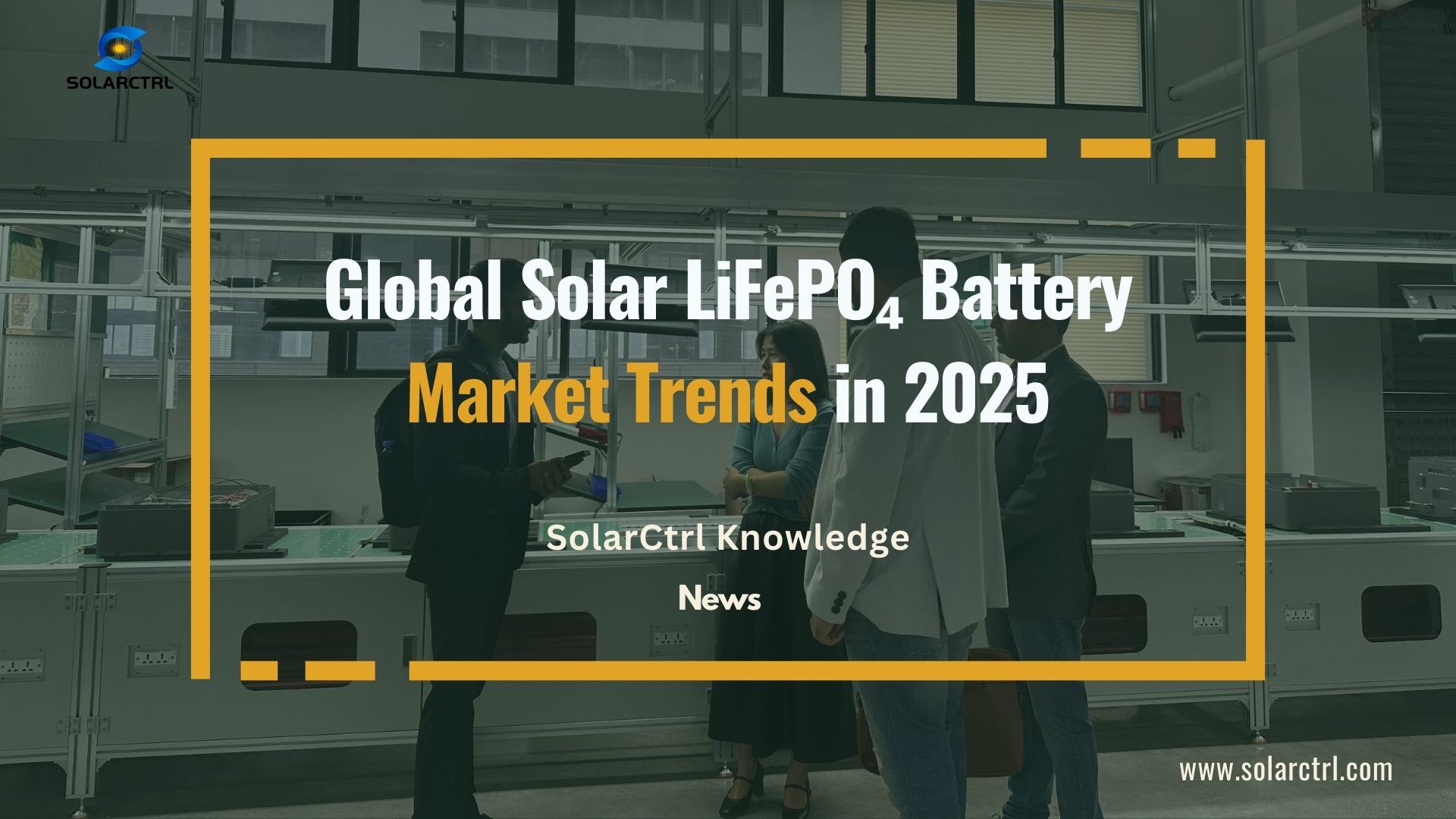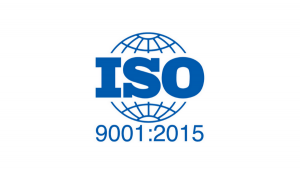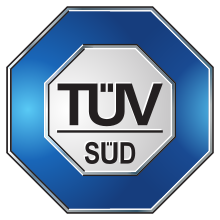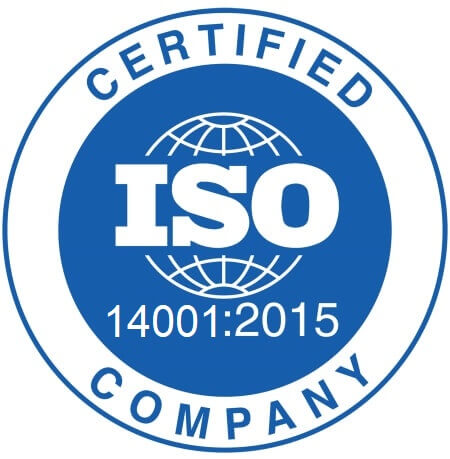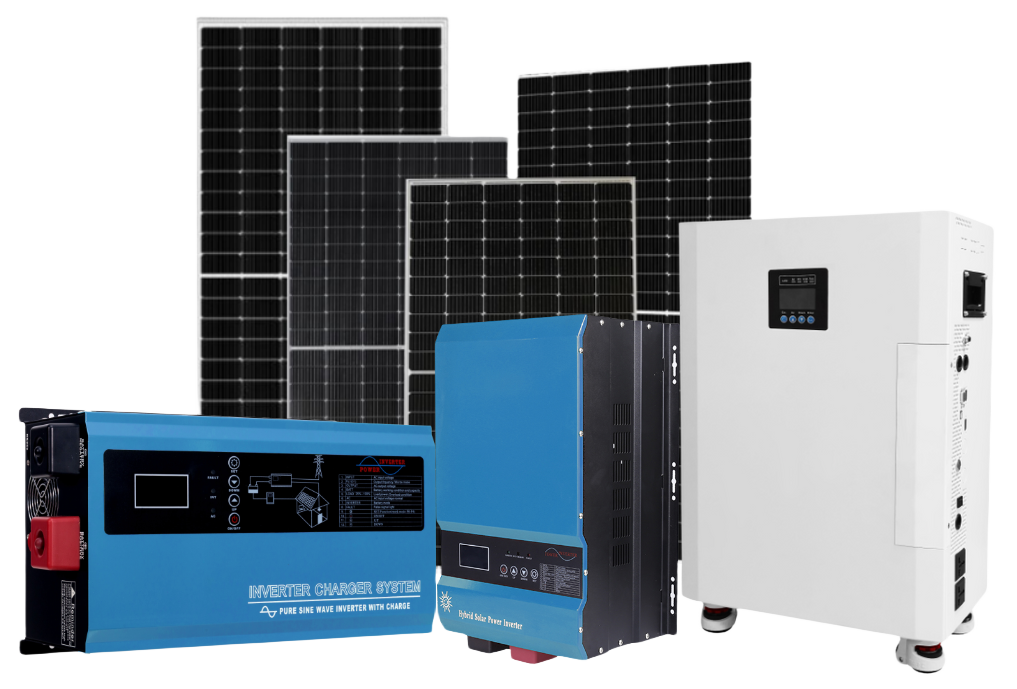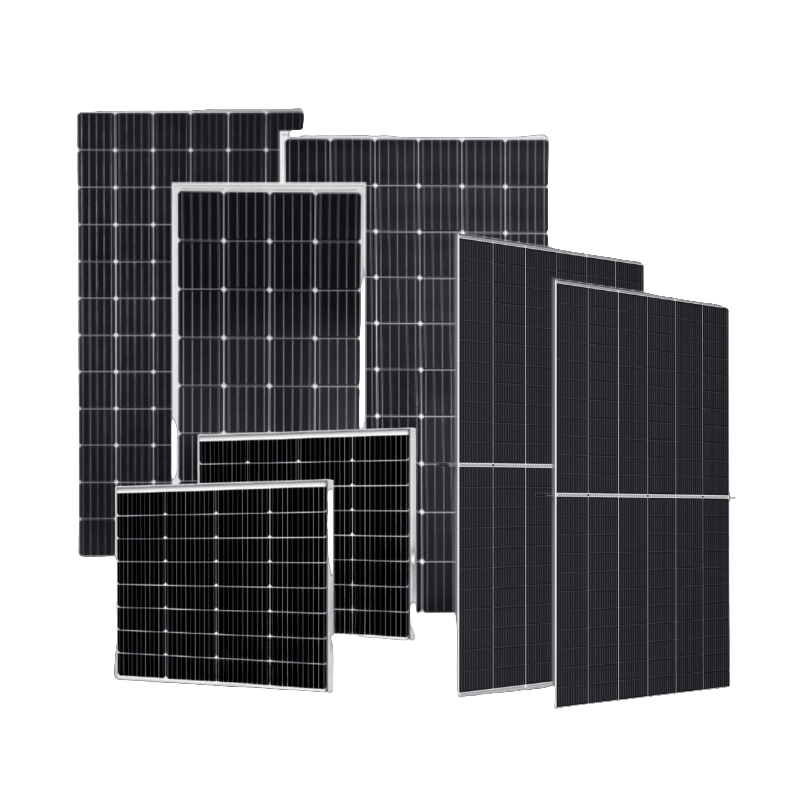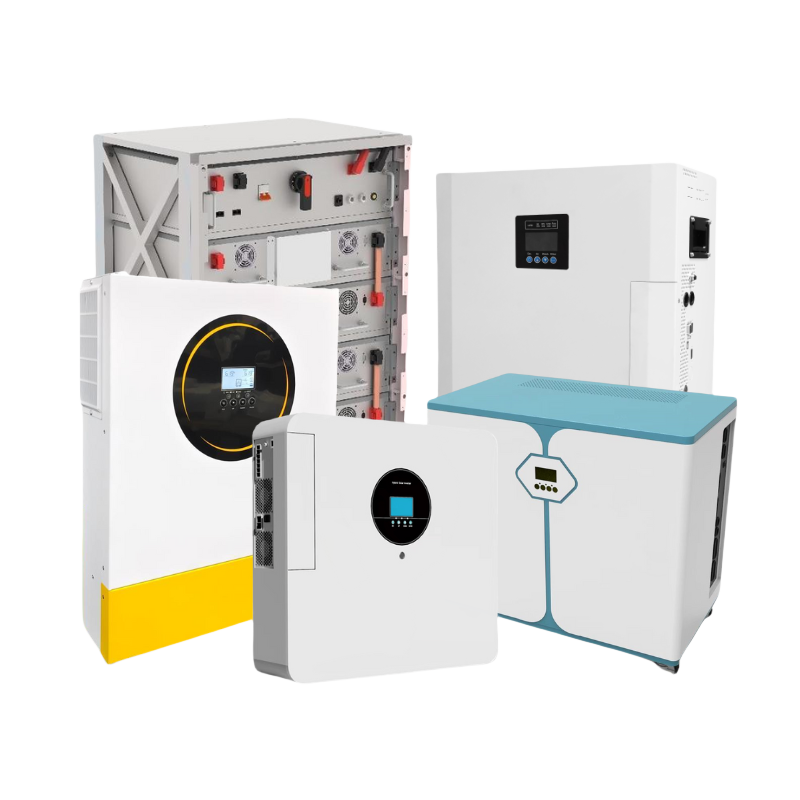Introduction
In the evolving landscape of renewable energy solutions, 3-phase solar pump inverters have emerged as a cornerstone for efficient water management across various sectors. By harnessing solar power to operate water pumps, these inverters offer an eco-friendly alternative to traditional electricity or diesel-powered systems.
This guide delves into the fundamental aspects of 3-phase solar pump inverters, covering their types, applications, and the critical considerations for selecting the right inverter for your needs.
With an emphasis on sustainability and cost-effectiveness, understanding these inverters is essential for anyone looking to implement a solar-powered pumping solution.
Part 1: What is a 3-Phase Solar Pump Inverter?
A 3-phase solar pump inverter is a specialized device that converts direct current (DC) electricity generated by solar panels into alternating current (AC) electricity to power 3-phase motors commonly used in water pumps.
This technology is integral to solar water pumping systems, which are increasingly popular in agricultural, residential, and industrial applications for irrigation, water supply, and even in water treatment facilities.
Types of 3-phase Solar Pump Inverters
- 3-Phase 220V Solar Pump Inverter: Designed for compatibility with regions that adhere to a 220V electrical standard, these inverters are typically used in smaller to medium-sized applications. They are ideal for systems that require efficient power conversion within this voltage range, such as residential water supply systems, small farms, and light commercial environments.
- 3-Phase 380V Solar Pump Inverter: These inverters cater to systems operating on a 380V electrical standard, which is common in industrial or large-scale agricultural water pumping applications. Due to their capacity to support higher-powered pumps and more extensive operations, they are the preferred choice for large irrigation projects, municipal water supply systems, and industrial processes requiring significant water movement.

Applications and Benefits
The application of 3-phase solar pump inverters spans across various sectors, primarily where water pumping is essential.
In agriculture, these inverters enable farmers to irrigate crops using solar energy, reducing reliance on grid electricity or diesel generators.
For residential areas, especially in remote locations, they provide a sustainable solution for accessing groundwater. Industrial applications include process water supply, cooling systems, and wastewater management, among others.
The benefits of using a 3-phase solar pump inverter include reduced operational costs, minimal environmental impact, and enhanced reliability.
By leveraging solar energy, these systems offer a renewable and clean source of power, contributing to sustainability goals.
Additionally, the independence from grid power reduces vulnerability to power outages and electricity price fluctuations.
Part 2: Understanding Your Requirements
To ensure your solar-powered pumping system operates efficiently and meets your needs, a thorough understanding of your requirements is crucial.
2.1 Pump Specifications
Start by understanding the specifications of the pump you intend to use. Key parameters include power rating (in kW or HP), voltage, and current requirements.
This information is critical as it dictates the minimum output capacity of the inverter.
- Power Rating: The power rating of the pump, expressed in kilowatts (kW) or horsepower (HP), is a fundamental specification. It indicates the energy required for the pump to operate under normal conditions. Pumps with higher power ratings can move water more quickly or against greater resistance but will require more energy to operate.
- Voltage and Current Requirements: Pumps can be designed to operate on various voltages, common ones being 220V, 380V, or even higher for industrial applications. The required current will increase with the pump’s power rating. Selecting an inverter that matches these specifications is paramount; an inverter with insufficient output capacity may fail to start the pump or could lead to inefficient operation.
- Efficiency: Efficiency ratings can help you understand how much of the input energy is converted into pumping action. Higher efficiency pumps require less power to move a given volume of water, potentially allowing for a smaller solar array and inverter.

2.2 Solar Array Configuration
The size and configuration of your solar panel array directly influence the input requirements for the inverter.
Calculate the total wattage your solar panels will produce and ensure the inverter can handle the input power and voltage.
- Total Wattage Calculation: The total wattage output of your solar panel array is determined by multiplying the wattage of individual panels by the number of panels in the array. This calculation must account for the peak sun hours specific to your location, as this will influence the actual energy produced daily.
- Compatibility with Inverter: The solar array’s voltage and current output should be within the input specifications of the inverter. If your solar array produces more power than the inverter can handle, you risk damaging the inverter or underutilizing the solar panels. Conversely, an array that produces insufficient power will not effectively operate the pump.
- Orientation and Tilt: The physical setup of your solar panels can also affect their efficiency. Panels should be oriented and tilted to maximize sun exposure throughout the year. Adjustments might be necessary to optimize seasonal performance, especially in regions with significant variation in sun angle.
2.3 Water Demand
Consider the volume of water you need to pump daily. This affects the size of both the pump and the solar array, influencing the inverter selection.
Higher water demands may require a more powerful pump and, consequently, a larger inverter.
- Daily Volume Requirements: Estimating the volume of water needed daily is crucial for sizing the pump and solar system. This involves not just the total volume but the rate at which water needs to be moved. High-demand applications, such as irrigation or large-scale water supply, necessitate more powerful pumps and, by extension, larger inverters and solar arrays.
- Variability and Peaks: Consider the variability in water demand throughout the day or season. Systems designed to meet peak demand ensure water availability but may be less efficient during off-peak times. Incorporating storage solutions, such as water tanks, can help balance this by allowing smaller systems to meet demand via stored water during peak usage times.
- Future Expansion: Planning for future increases in water demand can save considerable time and expense down the line. Selecting an inverter and solar array that can accommodate slight increases in demand without requiring a complete system overhaul offers flexibility as your needs grow.

Part 3: Key Features to Look for in 3-Phase Solar Pump Inverter
In the process of choosing a 3-phase solar pump inverter, there are specific attributes that you should consider. By prioritizing these key features, you ensure the efficient operation of your solar pumping system and its reliability and adaptability to future needs.
3.1 Maximum Power Point Tracking (MPPT)
Advanced MPPT Technology
Modern inverters are equipped with sophisticated MPPT algorithms that continuously adjust the load to utilize the maximum power available from the solar panels.
This dynamic adjustment is crucial under varying sunlight conditions, ensuring optimal performance from sunrise to sunset.
Impact on System Efficiency
By maximizing the power extraction from the solar array, MPPT technology can significantly increase the efficiency of your solar pumping system.
This means more water pumped over the course of a day without any additional cost, making it particularly beneficial for agricultural or remote water supply systems where reliability and efficiency are paramount.
3.2 Efficiency
Understanding Inverter Efficiency
The efficiency of an inverter dictates how much of the power generated by the solar panels is converted into usable AC power.
High-efficiency inverters typically boast efficiencies of 95% or higher, meaning that less energy is lost as heat during the conversion process.
Long-term Cost Savings
While high-efficiency inverters might come with a higher initial cost, the energy savings over time can be substantial.
By reducing losses, these inverters ensure that more of the generated solar energy is put to work, lowering operational costs and improving the return on investment for the solar pumping system.

3.3 Protection Features
Comprehensive Protection Suite
Beyond the basic overvoltage and undervoltage protections, look for inverters that offer a comprehensive suite of protection features.
This includes overcurrent, surge, and thermal protections, as well as features like ground fault detection and interruption (GFDI) which are vital for safe operation in all conditions.
Ensuring System Longevity
These protection features play a critical role in preventing damage to both the inverter and the pump motor, especially in areas prone to electrical fluctuations or harsh environmental conditions.
By safeguarding against these potential issues, the inverter ensures the longevity and reliability of the solar pumping system.
3.4 Compatibility
Voltage and Phase Compatibility
It’s imperative that the inverter matches the electrical characteristics of the pump. This includes not just the power rating, but also the operating voltage and phase requirements.
An inverter that is not compatible can lead to inefficient operation or even damage to the pump motor.
System Integration
The best inverters are those that can seamlessly integrate with existing solar panels and pump systems, offering flexible configuration options to match a wide range of system designs.
This flexibility allows for easy upgrades or expansions of the system in the future.
3.5 Remote Monitoring and Control
Real-time Data Access
With advancements in IoT (Internet of Things), many inverters now offer real-time monitoring through web interfaces or mobile apps.
This allows for the immediate detection of any issues, detailed performance tracking, and even remote troubleshooting.
Operational Flexibility
Remote control capabilities enable users to adjust settings, turn the pump on or off, and even schedule operations without needing to be physically present.
This is particularly valuable for systems in remote locations, providing unprecedented control and flexibility over the water pumping process.

Part 4: Calculating Size and Capacity
When determining the appropriate size for a 3-phase solar pump inverter, it’s essential to thoroughly understand and meticulously calculate the total power requirements and ensure that the solar array’s output is adequately matched to the inverter’s input capabilities.
This process is foundational to creating an efficient, reliable solar pumping system.
Step 1: Calculating Total Power Requirements
Comprehensive Assessment: Begin by listing all electrical devices the inverter will power, with the pump being the primary focus. However, don’t overlook additional components that may draw power, such as control units, monitoring devices, or auxiliary pumps. This holistic assessment ensures you capture the full scope of power needs.
Inclusion of Safety Margins: After tallying the power requirements, it’s prudent to add a margin of 10-25% on top of the calculated figure. This margin caters to future system expansions, unexpected increases in power demand, or inefficiencies not accounted for in the initial calculation. It acts as a buffer to enhance system resilience and flexibility.
Example Calculation:
If your pump requires 3 kW, and additional components demand 0.5 kW, with an inefficiency buffer of 10% and a future expansion margin of 20%, the calculation would be as follows:
Pump power demand: 3 kW
- Additional loads: 0.5 kW
- Total demand (before buffers): 3.5 kW
- Inefficiency buffer (10%): 0.35 kW
- Future expansion margin (20%): 0.7 kW
- Total power requirement: 4.55 kW
In this example, you would need an inverter capable of handling at least 4.55 kW to adequately power your solar pump system, accounting for current needs, inefficiencies, and potential future expansion.
This expanded approach to calculating total power requirements ensures that the selected inverter will not only meet the current demands of your solar pump system but also accommodate future needs, optimizing both performance and investment longevity.

Step 2: Matching Solar Array Output to Inverter Input
Maximizing Solar Utilization: The output of your solar array, defined by its maximum power (wattage) and voltage under optimal conditions, should be closely aligned with the inverter’s input specifications. This alignment is crucial to prevent the underutilization of your solar panels, ensuring that all generated power can be effectively converted and used.
Understanding Inverter Specifications: Delve into the inverter’s technical datasheet to comprehend its voltage and current handling capabilities. The goal is to select an inverter that can comfortably manage the peak output of your solar array without being overwhelmed, which could lead to system inefficiencies or potential damage.
Efficiency and Reliability: An inverter that closely matches the solar array’s output ensures the system operates within its most efficient range, translating to more reliable pump operation and longer system life. This match-up also influences the overall energy yield of the system, impacting its effectiveness in meeting water supply needs.
Technical Considerations: Pay attention to the maximum and minimum voltage and current ratings of the inverter to ensure they encompass the range of outputs your solar array can produce across various environmental conditions. This includes considering the effects of temperature variations and shading on the solar array’s performance throughout the year.
Future-proofing: Consider potential future expansions or modifications to your solar array when selecting an inverter. An inverter with a slightly higher capacity than currently necessary provides room for system growth without requiring immediate replacement, offering a more cost-effective solution over the system’s lifespan.

Part 5: FAQ for 3-Phase Solar Pump Inverter
Q1: Do solar pump inverters come with MPPT technology?
- Yes, most modern inverters include MPPT to optimize power extraction from solar panels.
Q2: Can I remotely monitor my solar pump system?
- Many inverters offer remote monitoring capabilities via web interfaces or mobile apps.
Q3: What are the essential protection features in a solar pump inverter?
- Look for overvoltage, undervoltage, overload, short circuit protection, and more.
Q4: Can I use a solar pump inverter for my home water system?
- Absolutely, provided it matches your system’s voltage and power requirements.
Q5: How do solar pump inverters handle variations in sunlight?
- MPPT technology allows them to adjust load and optimize power usage throughout the day.
Q6: Can I expand my solar pump system in the future?
- Yes, selecting an inverter with a capacity slightly above current needs can facilitate future expansion.
Q7: How does temperature affect my solar pump inverter’s performance?
- Extreme temperatures can affect efficiency; choose an inverter with a suitable operating temperature range.
Q8: What maintenance does a solar pump inverter require?
- Regular checks for dust, debris, and ensuring proper ventilation can extend its lifespan.
Q9: How long do solar pump inverters last?
- With proper maintenance, they can last 10 years or more, depending on the model and usage.
Q10: Can I install a solar pump inverter myself?
- It’s possible, but professional installation ensures safety and optimal performance.
Q11: Where can I buy a solar pump inverter?
- They are available from renewable energy suppliers, online retailers, or directly from manufacturers.
Q12: Where should I install my solar pump inverter to ensure its longevity?
- It’s crucial to install your inverter in a location that’s protected from direct sunlight and rain. Exposure to these elements can lead to overheating and water damage, significantly shortening the inverter’s lifespan.
Conclusion
Navigating the intricacies of 3-phase solar pump inverters underscores their vital role in deploying solar energy for a wide range of water pumping scenarios.
At SolarCtrl, our commitment extends beyond providing state-of-the-art inverters; we specialize in customizing solutions tailored to meet the specific needs of each client. Understanding that each application has its unique demands, we dedicate ourselves to meticulously selecting the perfect inverter and designing a water pump system that aligns with your precise requirements.
Whether it’s enhancing agricultural productivity, ensuring a reliable water supply for residential areas, or optimizing industrial water processes, SolarCtrl is your trusted partner in your sustainable energy journey.
By choosing SolarCtrl, you’re not just selecting an inverter; you’re opting for a bespoke solution designed to maximize efficiency, reliability, and sustainability. Embark on your transformative journey with SolarCtrl today, and take the first step towards a greener, more efficient future.




